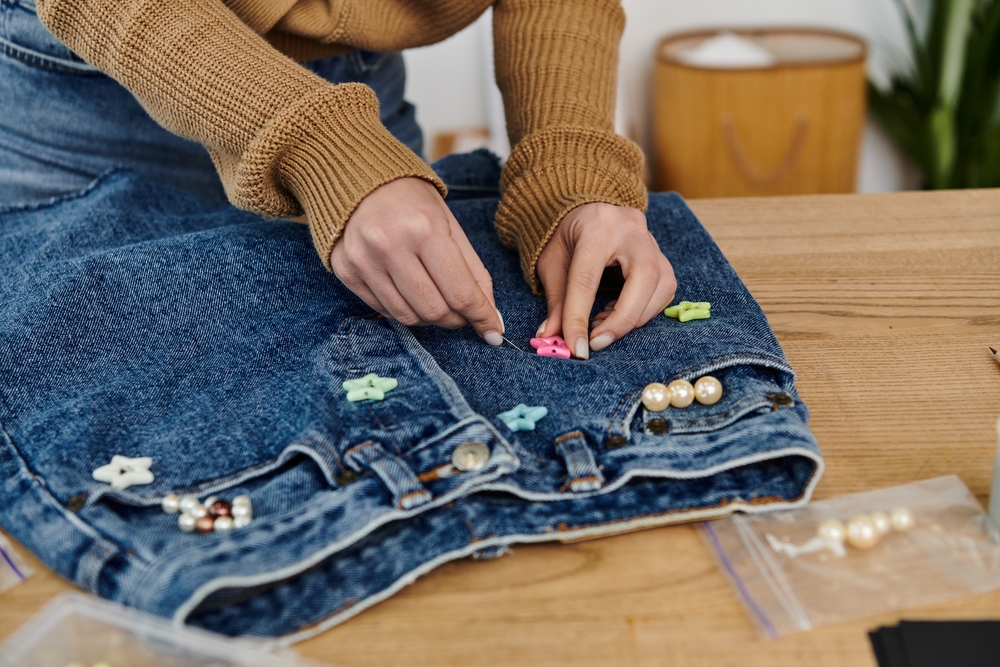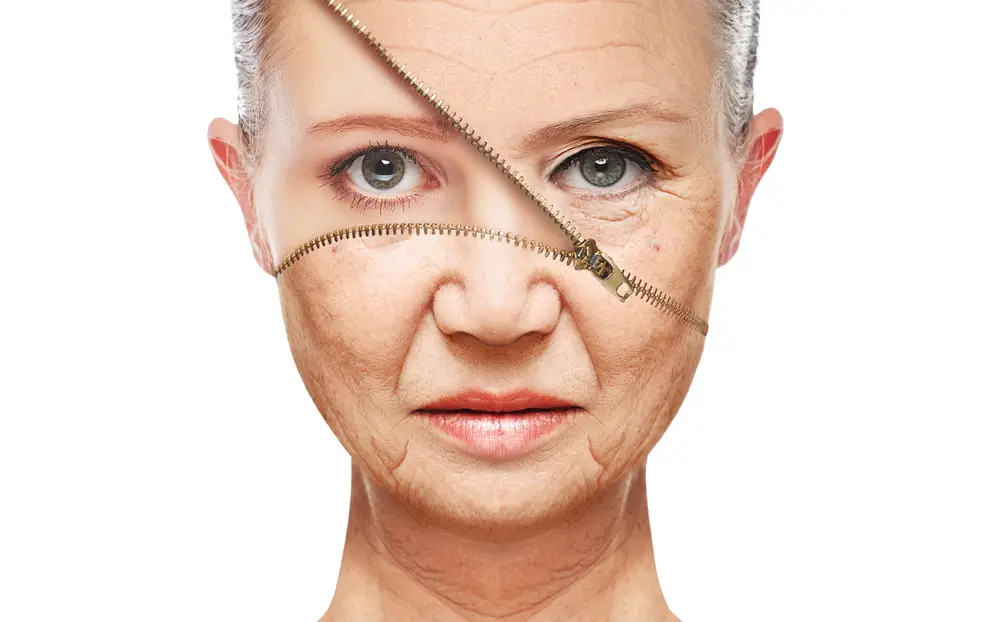Makeup is a secret weapon for enhancing our natural beauty and boosting our confidence. There’s an art to applying makeup, however, as poor technique or inadequate prep can cause your handiwork to settle into lines and wrinkles, making you look older than you are. Not to mention messy and disheveled. Here’s how to stop your makeup from slipping and exaggerating aging and flaws.
1. Prep Your Skin First
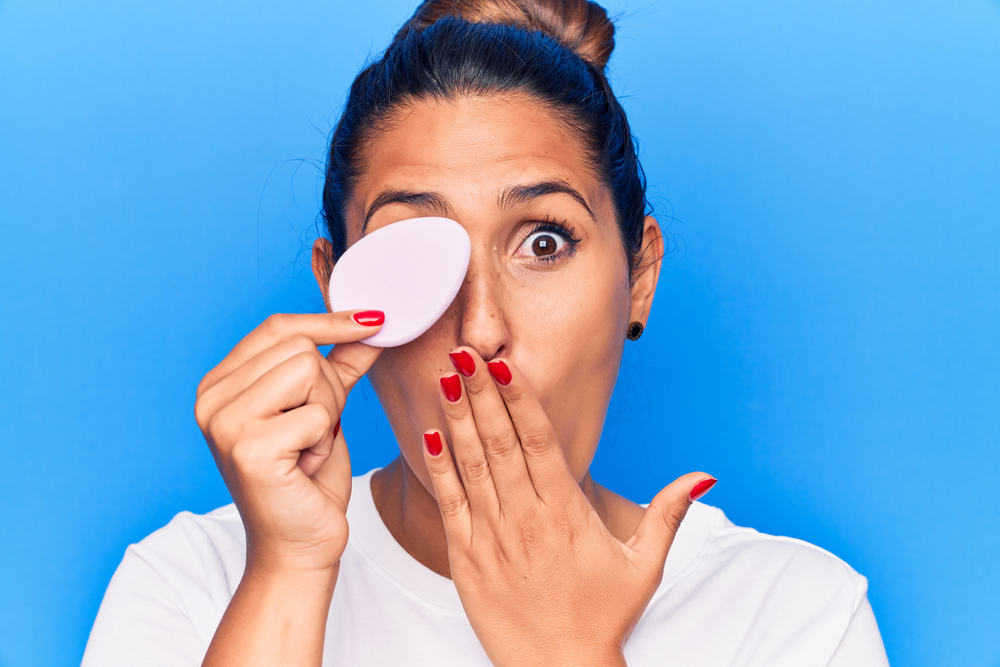
As we age, our skin becomes drier and loses collagen, which creates fine lines and wrinkles, according to the experts at VeryWell Health. Implement a daily anti-aging skincare routine and always apply a nourishing antioxidant-rich moisturizer prior to foundation. If your skin is dry, dull, or flaky, makeup will exaggerate fine lines and wrinkles fast.
2. Make Sure Your Lighting is Right
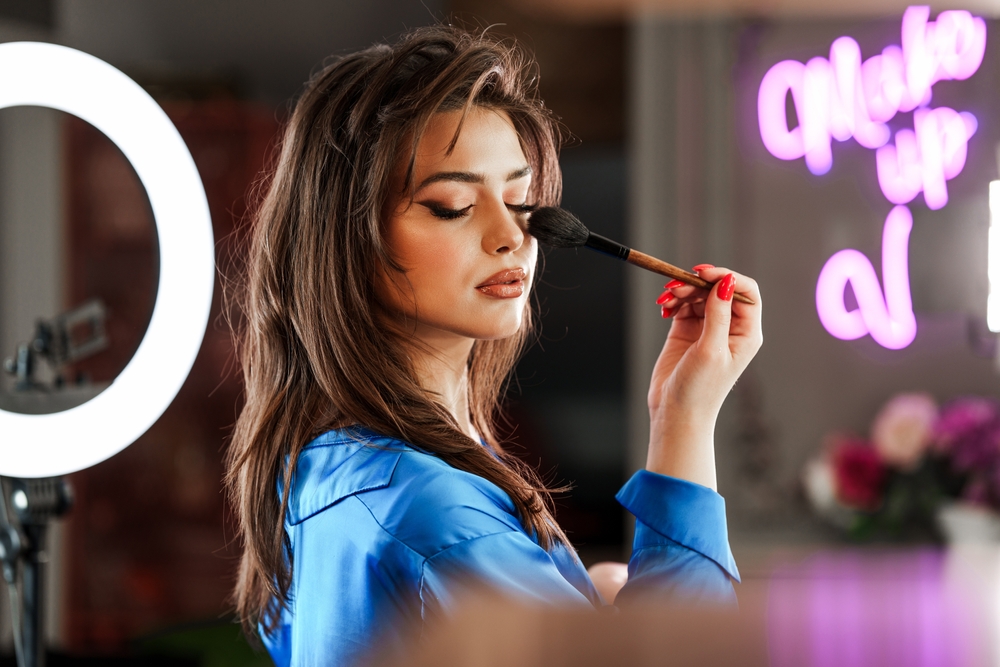
Applying your makeup in harsh or artificial lighting can lead to over-application. Always apply your makeup in natural light to get a true sense of how it looks and to avoid a heavy hand, which is fast track to settling into lines and wrinkles. Natural light will also highlight any areas where makeup needs to be blended better so you don’t overdo it and unintentionally emphasize flaws and skin imperfections.
3. Always Apply Primer
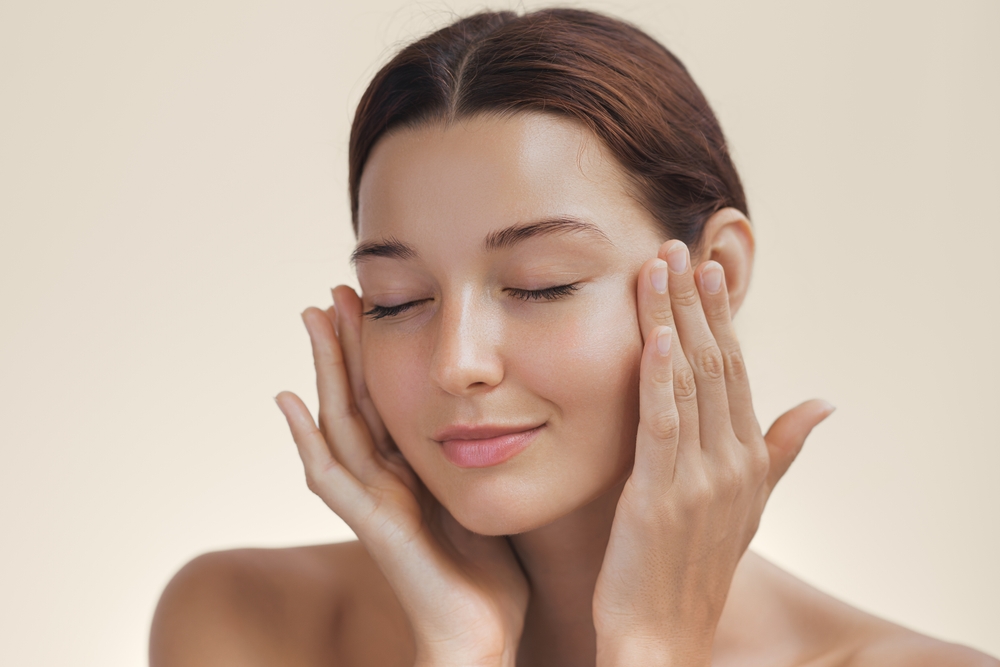
Primer is your best line of defense against makeup settling into lines and wrinkles. As the saying goes, “Not to prime is a crime.” Apply primer after moisturizer to prep your skin for foundation, and the makeup will go on smoothly and stay put. Skin primer also works to fill in fine lines and smooth out open pores, creating a more even surface. Look for a primer designed to blur imperfections and ideally has a little illumination to create youthful, glowing skin.
4. Choose Satin Foundation

Heavy, full-coverage foundations can be too thick and will settle straight into lines and wrinkles, creating a cakey appearance. Go for a lightweight, hydrating, satin formula that allows for buildable coverage. Foundations with moisturizing ingredients like hyaluronic acid create a more glowy finish to keep your skin looking fresh.
5. Don’t Use the Wrong Tools

The tools and techniques you use to apply your makeup can make a difference in how it sits on your skin. Applying foundation with your fingers can create uneven coverage and cause your base to settle into lines. Instead, use a beauty sponge or a foundation brush to blend your base into the skin seamlessly. Be sure to wash your sponges and brushes thoroughly after use to prevent bacteria buildup, which can transfer onto the skin.
6. Avoid Thick Concealer

Concealer is a secret weapon for brightening up under-eye circles and highlighting flaws, but go easy. Thick, cakey formulas can settle into the fine lines around your eyes, making them more noticeable. Opt for a lightweight, hydrating concealer that offers good coverage without being too heavy; apply sparingly and blend it out well to avoid creasing. You should always set your concealer with a light dusting of powder to stop it from settling into fine lines as the day goes on. Use a small, fluffy brush to apply a hint of translucent powder to set it without adding dryness or encouraging it to settle in.
7. Don’t Overload On Eye Makeup
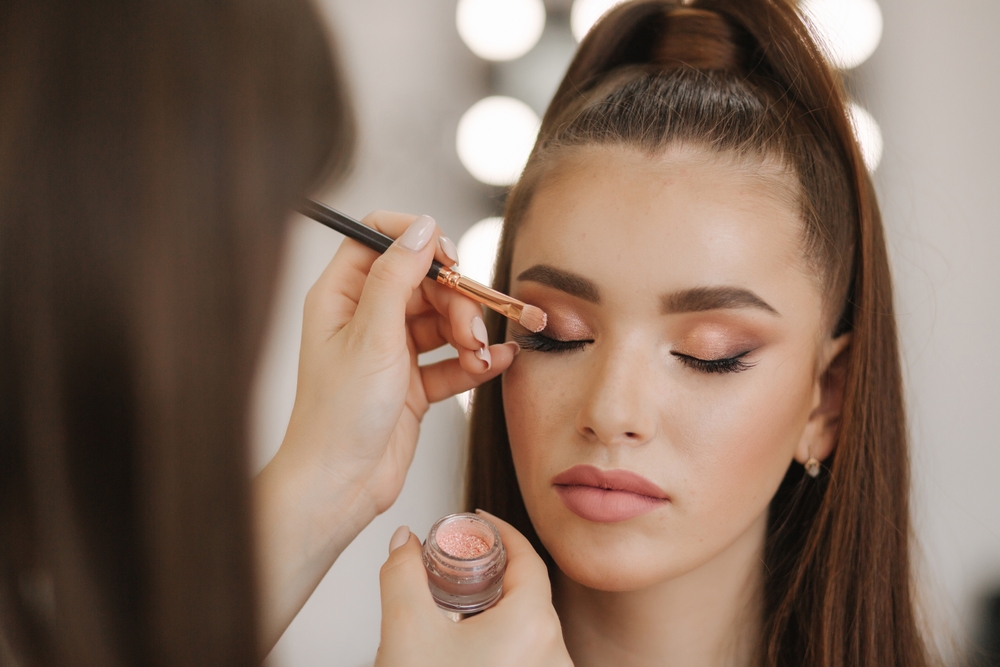
Heavy eye makeup, especially strong eyeliner, and dark or metallic eyeshadows can settle into the fine lines around the eyes. This will accentuate aging and wrinkles and make your eyes look tired. To avoid this, apply eye makeup sparingly, stick to lighter neutral shades, and blend well so it doesn’t draw attention to creases. Always apply mascara to the top and bottom lashes to open up the eye area and divert attention from a droopy brow.
8. Blend with Precision
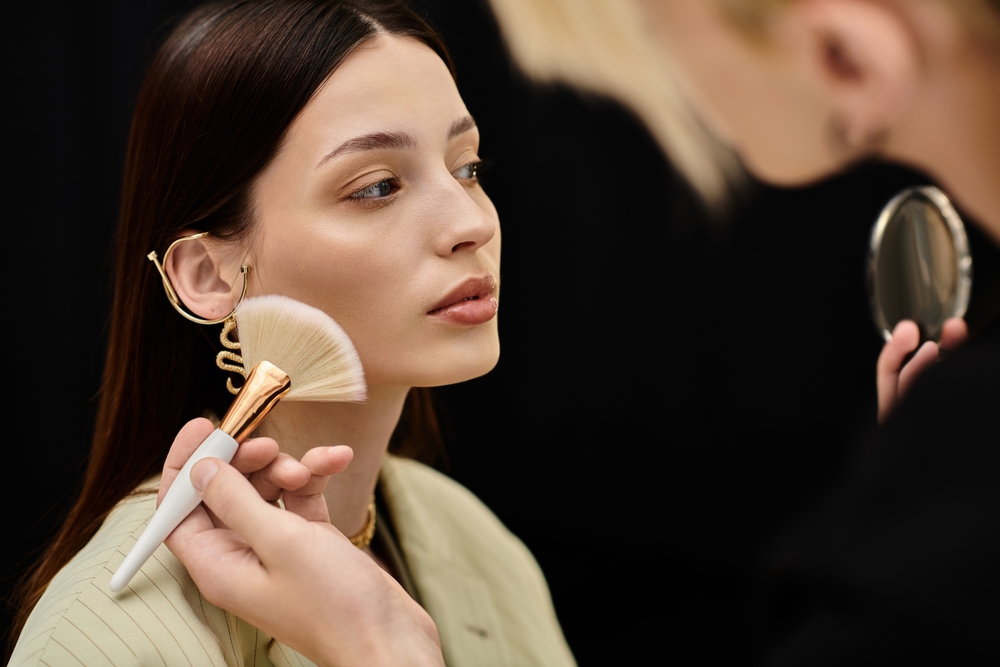
The biggest reason makeup settles into lines and wrinkles is it isn’t blended well. Failing to properly blend your foundation, concealer, or powder can leave the product sitting on the surface of your skin, where it will naturally migrate into creases. Blend with precision using a beauty sponge or brush, and double-check for any unblended areas in natural light.
9. Steer Clear of Heavy Blush
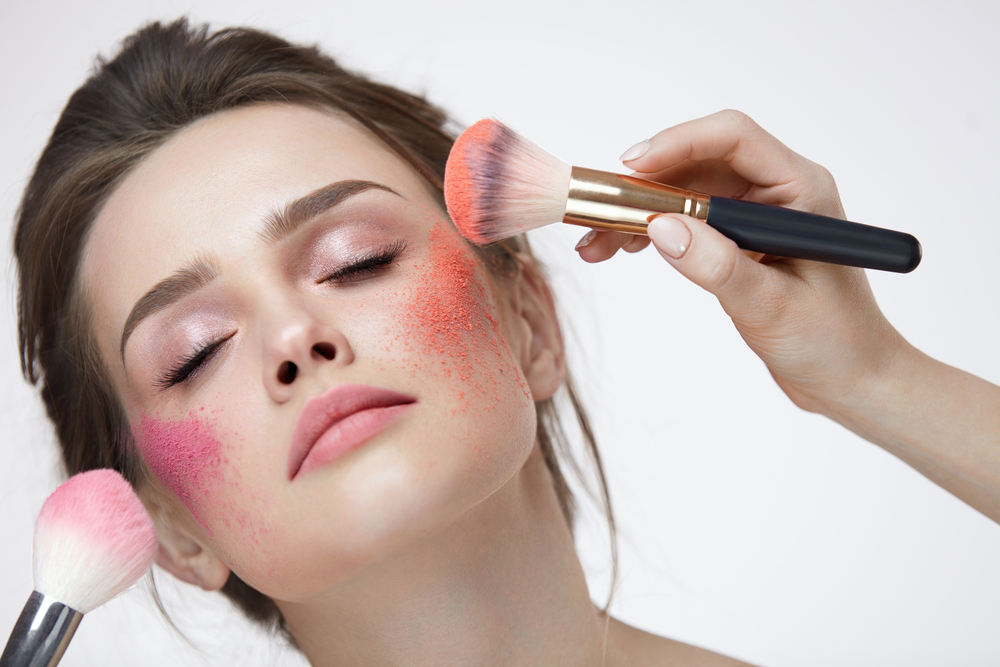
Too much blush, or applying it too low or too high, messes with the natural contours of your face and looks too unnatural and unflattering. The general rule of thumb is to apply blush to the apples of your cheeks and blend upwards towards the temples. Always use cream or liquid formulations as they are more flattering and less aging than powders that will settle straight into lines and creases.
10. Metallics are a No-Go
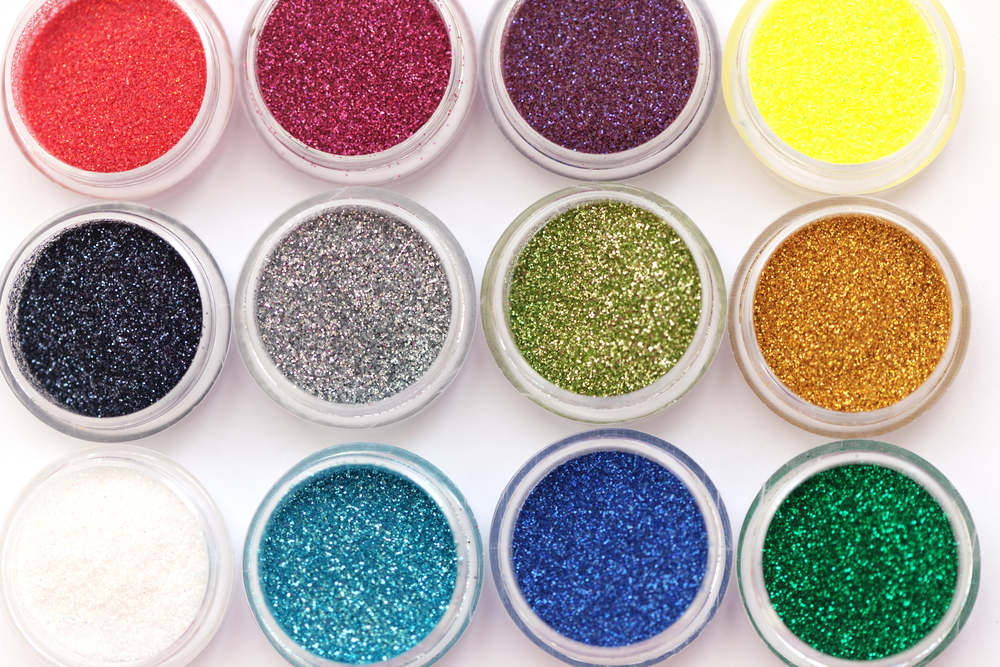
Forget metallic eyeshadows, blushes, or powders. These are too young and fantasy-like and are a major offender when it comes to exaggerating age signs. Shimmering formulations will sit on the surface of the skin and won’t blend well, so they will bleed straight into lines and creases, which is not the look anyone is going for.
11. Stop Being Heavy Handed with Powder
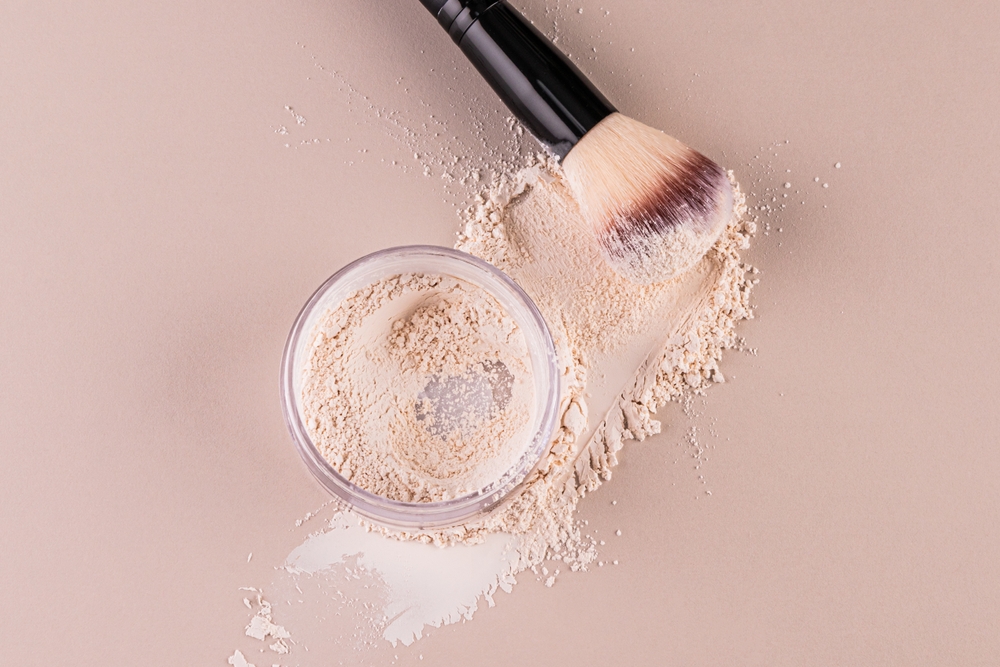
When you have finished your makeup, always set it with a light dusting of the powder. Don’t be excessive or use heavy matte powder, as this can dry out the skin and make fine lines and wrinkles more visible. It will also give the skin a dull, aged appearance. It’s also best to apply powder only on the T-zone as it’s generally oilier, so it has a habit of showing up lines and wrinkles. Go for a finely milled or translucent powder to make the skin more glowy and avoid it clinging to creases.
12. Give Matte Makeup a Miss
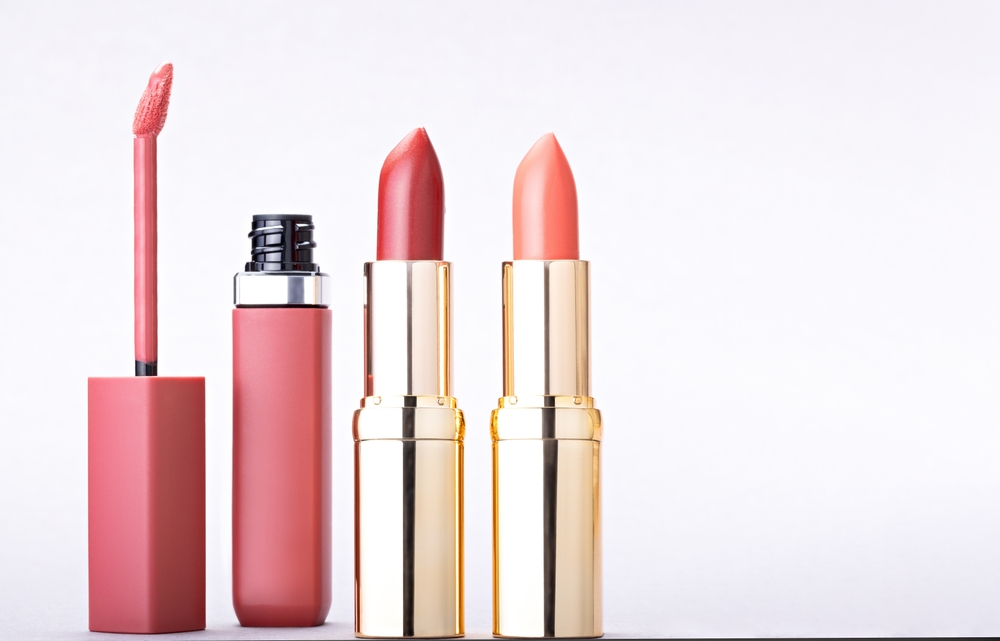
Matte makeup is great for controlling oil, but it can also look harsh and is very drying, especially on mature skin, which can make signs of aging more noticeable. Skip matte foundations, powders, and lipsticks and opt for products with a hydrating satin or luminous finish that will add a healthy glow and prevent our makeup from settling into lines and wrinkles.
13. Check Products Expiration Date
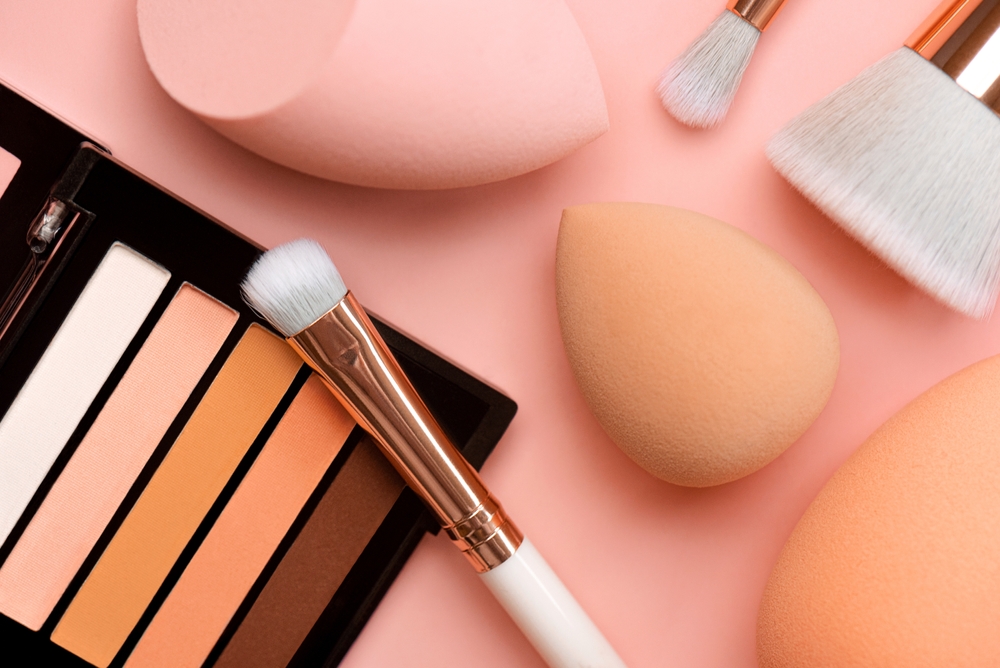
You may not be aware, but makeup has a shelf life. Using expired products not only affects their performance; it can wreak havoc on the skin. Old foundation, concealer, or powder becomes dry and cakey, making it more prone to settling into lines. Regularly check the product expiration dates and replace them as needed to ensure they go on smoothly and effectively and stay put.
14. Remember to Touch-Up

Even if you’re a master at application techniques, makeup can still settle into lines throughout the day. Touch up your makeup regularly to keep it fresh and prevent it from settling in unwanted places. Spritz some face mist, and keep a powder compact or blotting papers on hand to address any creasing or shine.
15. Keep Up Exfoliation
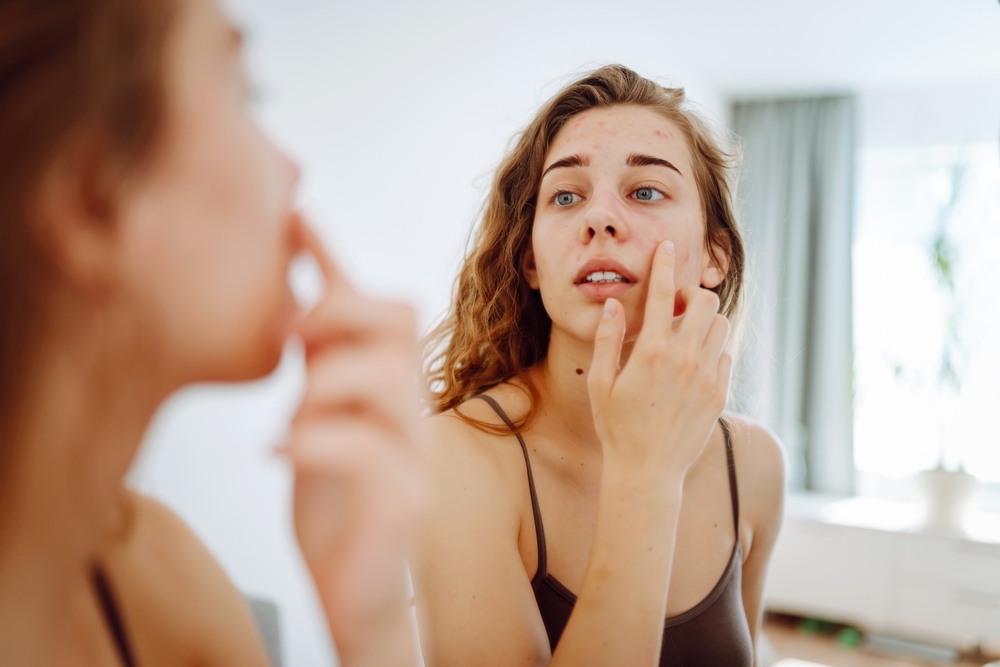
Dead skin cells create a dry, rough, uneven texture on the skin, which creates the perfect canvas for makeup to settle into dry patches and lines. Exfoliate your skin 2-3 times per week to remove these dead cells and create a smooth, radiant foundation for makeup application. Use a gentle enzyme or liquid exfoliator and avoid harsh physical scrubs, as they can irritate, scratch, and even cause micro-tears in the skin.

